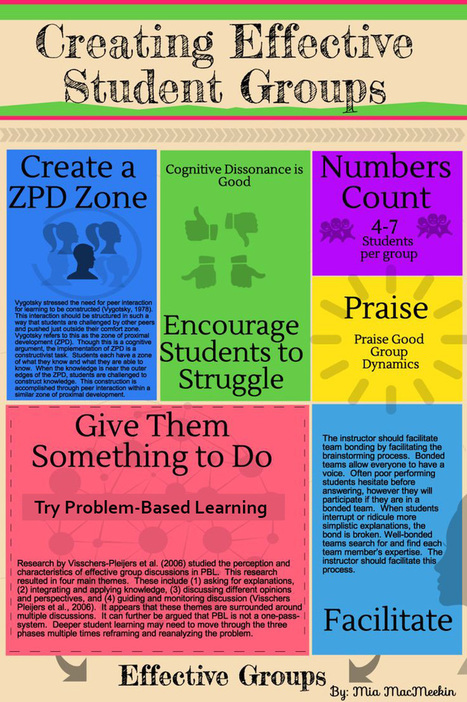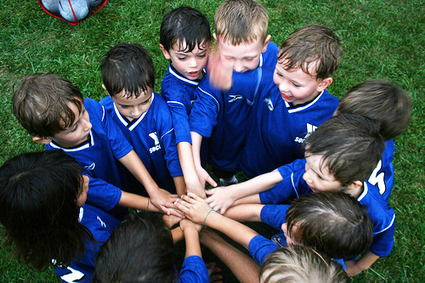Here are 5 team building games to try out with your students that also develop critical thinking skills. Collaboration and team spirit await you!
Learn more / En savoir plus / Mehr erfahren:
http://www.scoop.it/t/21st-century-learning-and-teaching/?tag=Gamification
http://www.scoop.it/t/21st-century-learning-and-teaching/?&tag=Gaming
http://www.scoop.it/t/21st-century-learning-and-teaching/?&tag=Critical-Thinking



 Your new post is loading...
Your new post is loading...


















Learn more / En savoir plus / Mehr erfahren:
http://www.scoop.it/t/21st-century-learning-and-teaching/?tag=Gamification
http://www.scoop.it/t/21st-century-learning-and-teaching/?&tag=Gaming
http://www.scoop.it/t/21st-century-learning-and-teaching/?&tag=Critical-Thinking